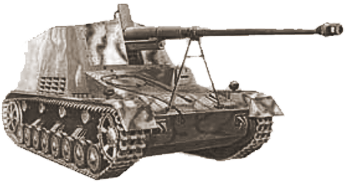In a previous article I detailed why as early as 1939 one could see that at least in terms of the equpping and manning of Nazi Germany's Wehrmacht (armed forces) that quantitative measures were proving less important in comparison to the qualitative in deciding the size and shape of Germany's military machine.
Articles
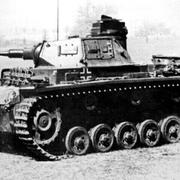
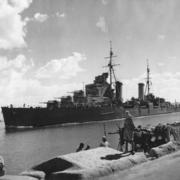
I have often and long argued that the Mediterranean Theater of the War became not just a crucial drain on Nazi Germany's efforts during the Second World War - but perhaps represented the primary cause Hitler's war machine failed to lock down a long-term strategic advantage in Eastern Europe during 1942. There are numerous reasons why this is true. This month I would like to further develop a few of those elements.
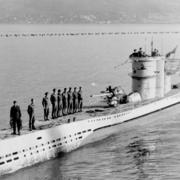
The Nazi war against the Soviet Union defined the Second World War's outcome. Had the Germans focused single-mindedly on fighting that war (following their unprovoked June 1941 invasion of the Soviet Union code-named Operation Barbarossa) the world may look very different today. Thankfully, they did not. In fact, during the war's critical years of 1941-1942 the Mediterranean theater would prove to be the biggest drain on the German war effort.
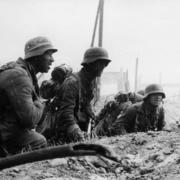
By September 26, 1942 the German Sixth Army had taken the bulk of Stalingrad's southern and central sectors. Though the 62nd Army stood nearly as strong on September 26th in terms of personnel as it had two weeks prior it's tank strength had dropped considerably from where it had once been.
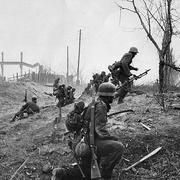
The Battle for the City of Stalingrad ranged across three large geographical areas divided into southern and central sectors as well as the Factory District in the north. By September 26, 1942 the German Sixth Army largely controlled the city's southern and central sectors following a brutal block by block fight that had lasted the entire month.
In southern Stalingrad the remnants from the Soviet 62nd Army's defenses (three rifle divisions, three rifle brigades, one tank brigade, and one rifle
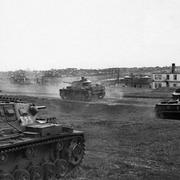
General of Panzer Troops Friedrich Paulus's Sixth Army and Colonel General Hermann Hoth's Fourth Panzer Army spent September of 1942 battering the Soviet Southeastern Front's 62nd Army (commanded by Lieutenant General Anton Ivanovich Lopatin until relieved in mid-September by Lieutenant General Vasilii Ivanovich Chuikov) back into Stalingrad and to toward the Volga River. The initial German plan for taking Stalingrad had been for the XIV Panzer Corps to penetrate south along the Volga from
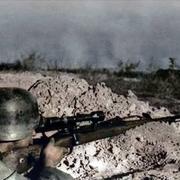
During the summer of 1942 Hitler and OKH had split Germany's Army Group South in two. Army Group A represented the linchpin of the German strategic effort. Army Group A's objectives included the Maikop oil fields (captured during August, albeit after being thoroughly demolished), the Grozny oil refineries, and the Baku oil fields. Together, these oil fields and refineries constituted the overwhelming majority of the Soviet Union's sources of oil.
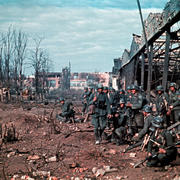
Late in August of 1942 the German Sixth Army bore down on Stalingrad. The German commander, General Freidrich Paulus, had much to contemplate regarding how he would approach the task of seizing the city that would become the bane of his existence and end his military career in catastrophic fashion. Stalingrad sprawled down the broad Volga River's western bank in a long (at over 25 miles) strip of land.
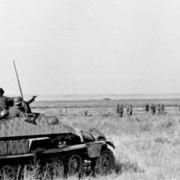
In recent weeks I have been examining the Soviet offensives launched against the German Sixth Army's flanks as it pounded it's way into Stalingrad. However, there is one important point that needs to be stressed. The First Kotluban offensive of September 1942 was far from the first Soviet effort to throw back Sixth Army from Stalingrad. In fact, from the very first day that Sixth Army's spearheads reached the Volga River they were under near continuous attack.
On August 23, 1942 Sixth Army's

Over the past month we have looked at four major Soviet offensives launched against the German Sixth Army's northern flank as it attempted to clear the Soviet 62nd Army from Stalingrad (pictured in the image to the right). In particular, the Red Army's First Kotluban offensive had an enormous impact on events inside the city. As bad as the Second through Fourth Kotluban offensive's went for the Soviet Don Front's army's they also would impact not only the fighting within Stalingrad, but the

